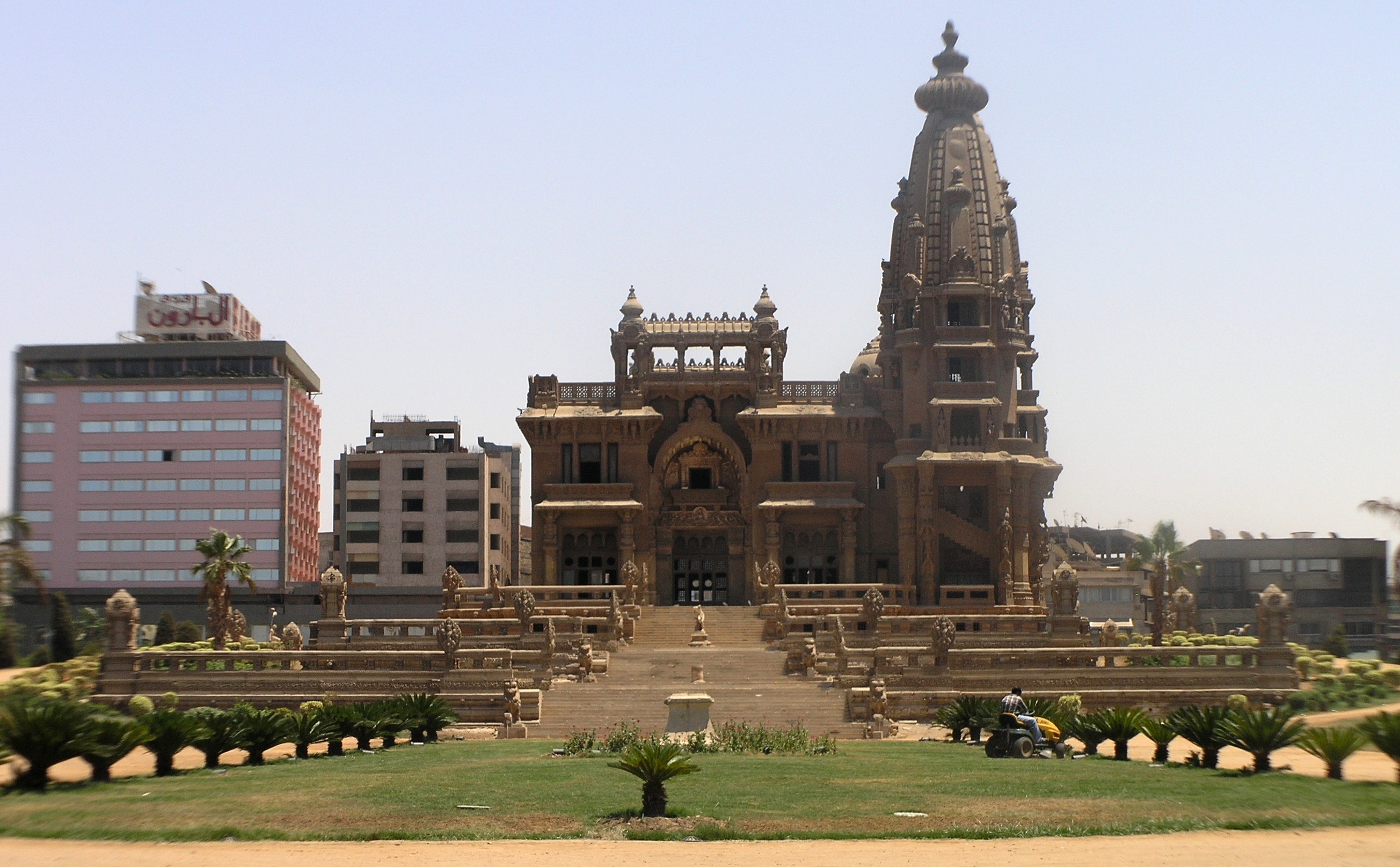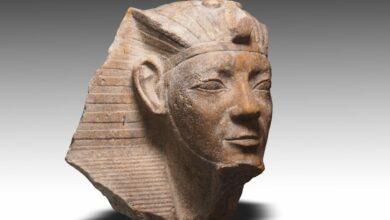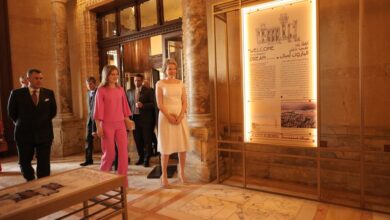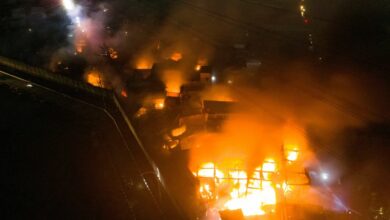The Fond Mercator, a renowned Belgium publishing house specializing in art books, has recently published “Heliopolis,” a 240-page richly illustrated coffee table book that studies the different historic stages of Cairo’s northeastern neighborhood.
Edited by Marie-Cecile Bruwier, a Belgian archaeologist, Egyptologist and art historian, and Anne Van Loo, architect and urban planner, the book presents a number of research papers by contributors from France, Belgium and Egypt to illustrate the evolution of Heliopolis through three main stages of its history: ancient times, the Middle Ages and the beginning of the 20th century’s new Heliopolis.
Bruwier explained at a press conference last month that she envisioned this publication as “a global and coherent presentation of Heliopolis, which since time immemorial, has been a place for cultural exchange and meeting.”
In Pharaonic times, Heliopolis, which was called “Iounou,” had religious importance as it housed the country’s largest sun temple. The city’s major god was Re, the sun god. This later gave birth to the Greek appellation of the city as Heliopolis, the “City of the Sun.”
“All the great philosophers and travellers of the era–Platoon, Pythagoras and Herodotus just to name a few–paid a visit to Heliopolis because the temple hosted one of the world’s most important libraries,” said Bruwier, whose acute interest in the neighbourhood led her to collect data and archives on Heliopolis for the past 20 years.
Unlike most cities in Egypt, Heliopolis was not built on the banks of the Nile, but rather in the middle of the desert along a channel that ran from the Nile to the North Eastern part of the country. The neighborhood was abandoned at the end of the Pharaonic era, it is assumed owing to earthquakes and fires that ravaged the city at the time.
“The religious importance of Heliopolis continued beyond the Pharaonic period,” explained Bruwier. “An area in Heliopolis called Matarieh is believed to have provided shelter for the Holy Family, and since then it became place for pilgrimage for Western Catholics.”
Contemporary Heliopolis is late Belgian entrepreneur and industrialist Edouard Empain’s magnificent project. He decided, at the beginning of the 20th century, to build a city-garden in the middle of the desert linked to the Cairo metropolis through an efficient network of transportation.
The influential Belgian industrialist, who created the Paris metro, partnered with Bosho Nubar Pasha, an Egyptian-Armenian property owner residing in Cairo, to establish a company under Egyptian jurisdiction through which they acquired land for their new city.
“The surface they bought was equivalent to the size of Cairo at the time,” explained Bruwier, pointing out that Empain hired a Belgian Egyptologist, Jean Capart, to excavate the area to make sure that the new Heliopolis would not be built on fragments of the ancient city.
“Empain had this idea of an Oasis town, a haven of peace that would disgorge the bustling capital,” said Bruwier. The architecture of the new city offered an unprecedented hybrid of a European conception and a clever interpretation of Islamic architecture.
“A new material was used to build the city, the sand-lime brick, which is composed of up to 90% of sand mixed with water and chalk, materials that were plentiful in this desert area,” explained Bruwier.
The two buildings that have become landmarks in Heliopolis–the Palace Hotel and the Baron Empain or “Hindu villa,” that became later known as the “Hindu Palace”–were built at an early stage. The first became the most luxurious hotel in Africa and had a fantastic view of the pyramids from the dining room, while the second became the most original and aesthetically accomplished villa in the neighborhood.
Bruwier explained that Empain visited Paris’s Universal Exhibition of 1900, which featured a complex of several buildings by the Orientalist French Architect Alexandre Marcel. It included three towers: a Japanese tower, a Portuguese tower and the Hindu tower. Empain instructed Marcel to build his Hindu villa in Heliopolis as an exact replica of the Hindu tower exhibited in Paris.
This house, which remains a beacon of architectural history, had been neglected for 50 years before it was acquired by the Egyptian State only a few weeks before the celebrations for the 100th anniversary of Heliopolis in 2005.
Negotiations are already ongoing with the head of the Supreme Council of Antiquities, Zahi Hawass, to define the role that the Hindu Palace could play in the future. The restoration works are already underway, and Bruwier hopes that the villa will be opened to the public soon, or even turned into a museum on the history of Heliopolis.




